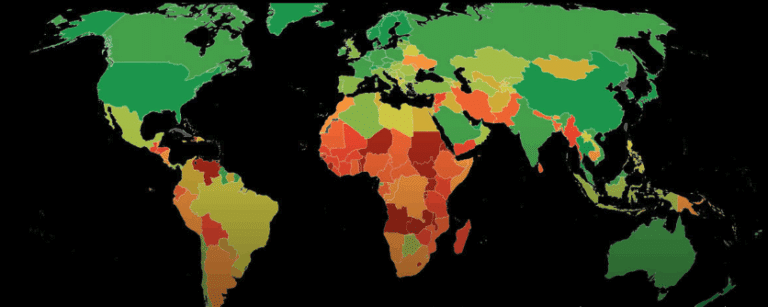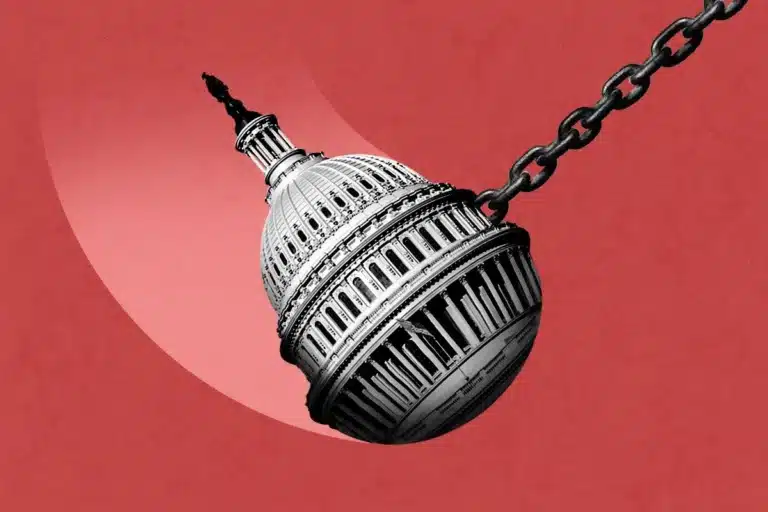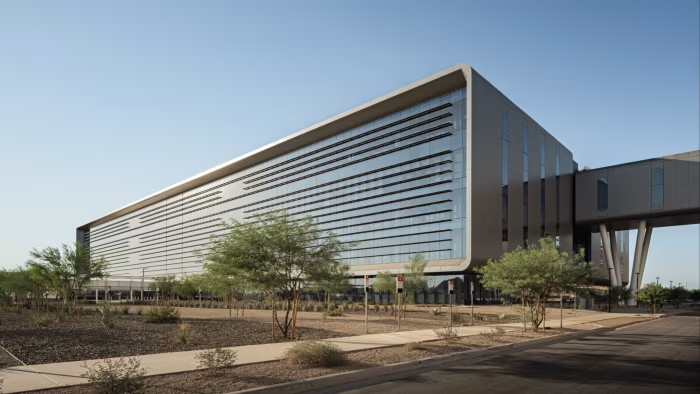Power prices are expected to soar under new tax cut and spending law
In states without policies to drive renewable energy, power prices could surge as federal tax incentives for clean energy disappear, according to Energy Innovation, a think tank.
Current Access Level “I” – ID Only: CUID holders, alumni, and approved guests only
When Credit Suisse, Sam Bankman-Fried and Asian billionaires were hunting for funds in recent months, they all turned to the same place — the Middle East.
Christof Ruhl, Senior Research Scholar, Center on Global Energy Policy, Columbia University, spoke to the Global Business Report about the impact of the Isra...

And coal communities and fracking villages and all the rest.

An asset-backed equipment finance programme would be just the boost US companies need
